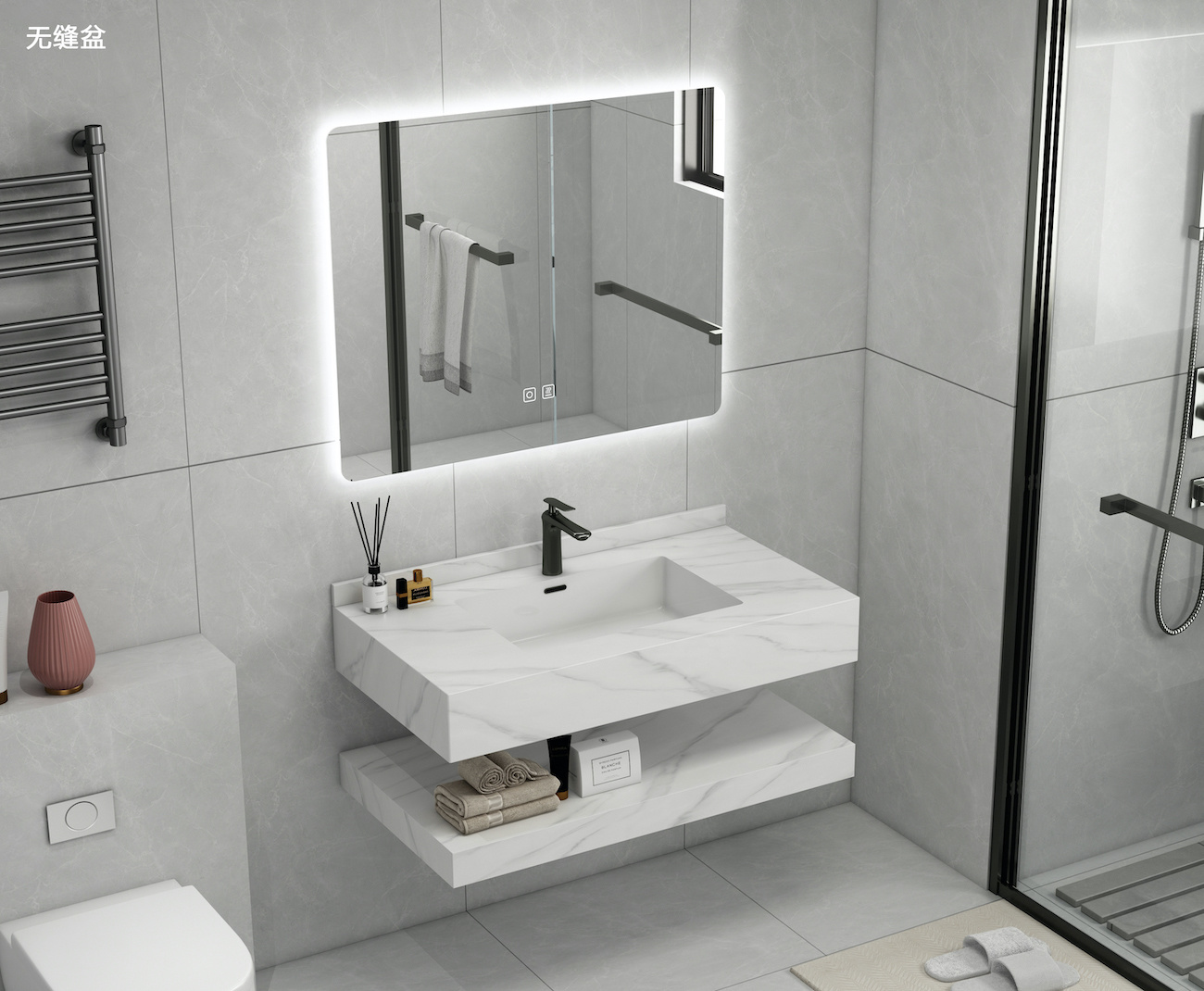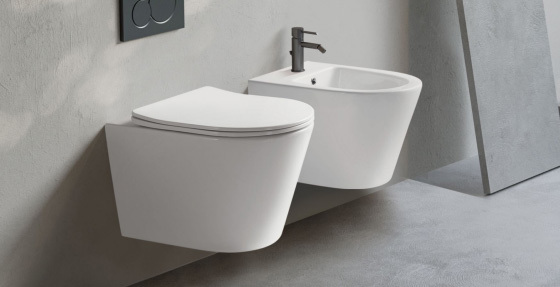Exploring the Beauty and Functionality of Stone Basins in Bathroom Design
Release time:
2025-07-18
Stone basins, often crafted from materials such as granite, marble, or natural stone, are lauded for their stunning visual appeal.

When it comes to bathroom design, the choice of materials can significantly influence both the aesthetic appeal and functionality of the space. Among the various options available, stone basins have emerged as a particularly popular choice for those seeking a unique blend of elegance, durability, and practicality. This article aims to explore the remarkable features of stone basins, especially in the context of the architectural and decorative materials industry.
Stone basins, often crafted from materials such as granite, marble, or natural stone, are lauded for their stunning visual appeal. Each piece is unique, showcasing the natural variations in color, texture, and pattern. This individuality allows designers to create a truly personalized bathroom experience, making a stone basin not just a functional element, but also a striking focal point in the room. The organic aesthetics of stone can complement a variety of design styles, from modern minimalism to rustic charm.

In addition to their beauty, stone basins are known for their durability and longevity. Unlike other materials, stone is resistant to scratches, stains, and heat, making it ideal for the often humid environment of a bathroom. With proper care, a stone basin can maintain its pristine appearance for many years, providing an excellent return on investment in terms of both value and longevity.
Moreover, stone basins are naturally hygienic. The non-porous surface of many stone materials helps to resist bacteria and mold growth, contributing to a healthier bathroom environment. This characteristic is particularly appealing for those who prioritize cleanliness and hygiene in their living spaces.
From an environmental perspective, stone basins can be a sustainable choice. Many stone materials are sourced from quarries that implement responsible mining practices, ensuring minimal environmental impact. Additionally, the longevity of stone means that fewer replacements are required over time, further reducing waste.
When considering the installation of a stone basin, it is essential to take into account the weight and necessary support structures required for heavier materials. Professionals in the field should also be familiar with the appropriate sealing methods to protect the stone from moisture and enhance its durability.
In summary, stone basins offer an exquisite combination of beauty, durability, and hygienic properties, making them an outstanding choice for any bathroom design. Their unique characteristics make them suitable for various styles, ensuring that architects and designers can cater to diverse client preferences. Whether you are renovating an existing space or designing a new one, integrating a stone basin can elevate the overall appeal and functionality of the bathroom.
Related news



